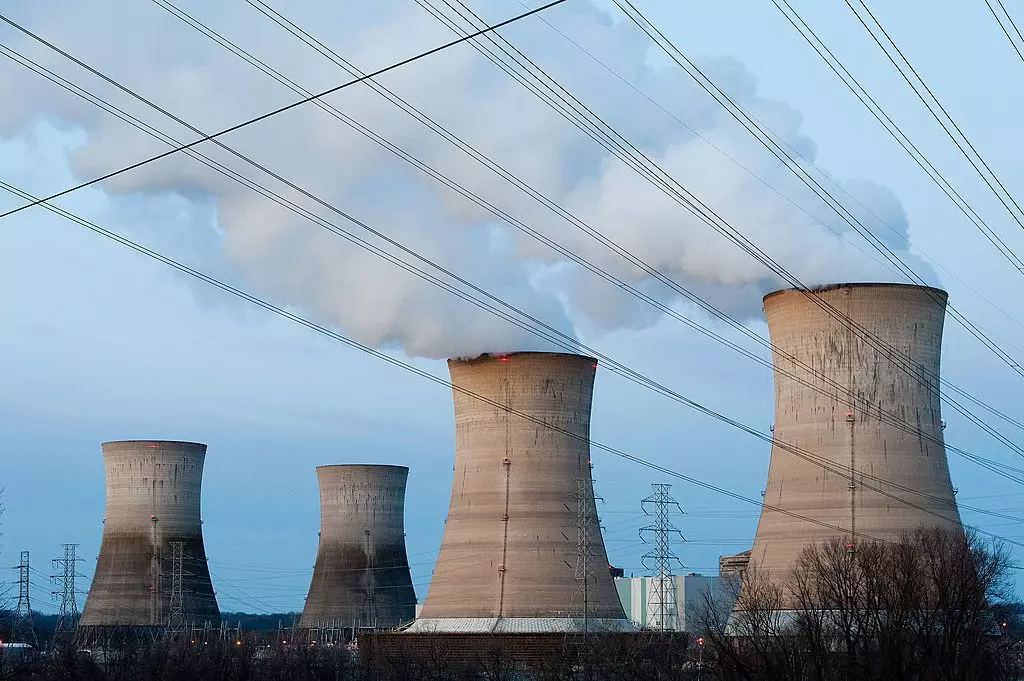The Three Mile Island power plant has long been entrenched in the narrative of nuclear energy in the United States, particularly due to the infamous partial meltdown of TMI-Unit 2 in 1979. After decades of heightened scrutiny and evolving public perceptions of nuclear energy, the facility is poised for a comeback, marking a significant turning point in both energy production and tech infrastructure. Power company Constellation Energy is set to reactivate TMI-Unit 1, a reactor that has been dormant since 2019, in a concerted effort to meet the increasing carbon-free energy demands of tech giants like Microsoft.
Three Mile Island has historically been a focal point for discussions around nuclear safety and energy policies. The 1979 incident at TMI-Unit 2 not only reshaped regulations but also instilled a wave of public skepticism and fear towards nuclear energy. Despite this legacy, the adjacent TMI-Unit 1 has a different story; it resumed operations in 1985 after the accident, providing valuable energy for three decades. However, after ceasing operations in 2019 due to “poor economics,” the unit’s future seemed uncertain. With rising demand for carbon-free energy, the revival of TMI-Unit 1 represents not just a return to operations but a step towards reinvigorating public interest and trust in nuclear energy.
The partnership between Constellation Energy and Microsoft is noteworthy for several reasons. Microsoft has embarked on an aggressive campaign to decarbonize its operations, particularly to meet the energy consumption demands of its data centers, which are critical for supporting cloud services and burgeoning AI technologies. According to Microsoft’s VP of energy, Bobby Hollis, this arrangement is a “major milestone” in their renewable energy strategy, acknowledging the need for sustainable power sources in the tech industry. The decision to restart TMI-Unit 1 is expected to add approximately 835 megawatts of carbon-free energy to the grid, underscoring how nuclear energy can be a pivotal player in the transition to greener energy.
The plan to restart TMI-Unit 1 is not without its challenges, particularly in the realms of regulatory oversight and public perception. The refurbishment of the reactor has required extensive federal and state approvals, reflecting the ongoing scrutiny that nuclear plants face since the 1970s accident. However, the positive responses from Pennsylvania politicians and federal agencies signal an evolving attitude towards nuclear energy as part of America’s energy mix. Dr. Michael Goff from the U.S. Department of Energy underscores the essential role of nuclear energy in combating climate change and meeting increasing energy demands. Thus, while public apprehension remains, a collaborative approach among stakeholders appears to be fostering a more favorable climate for nuclear energy advancements.
Beyond its partnership with Constellation, Microsoft is also exploring innovative energy solutions, such as small modular reactors (SMRs) and microreactors, to power its expansive infrastructure. This diversification strategy highlights the growing recognition among tech giants of the need for reliable, carbon-free power sources to sustain increasing demands from technologies like artificial intelligence. Bill Gates’s involvement with TerraPower, which is presently developing a new plant in Wyoming, illustrates a broader commitment from the tech sector to invest in nuclear energy innovations as a pathway towards sustainable growth.
The revitalization of the Three Mile Island reactor is emblematic of a broader trend in the energy landscape, where traditional energy sources are reexamined in light of modern challenges. The integration of nuclear energy into the portfolio of renewable resources indicates a possible reconciliation between technological advancements and energy production methods. As the world grapples with climate change, the lessons learned from the past can serve as a foundation for future innovations. In this case, the revival of TMI-Unit 1 might not only reshape perceptions of nuclear energy but also lay the groundwork for a more sustainable and reliable energy future.

